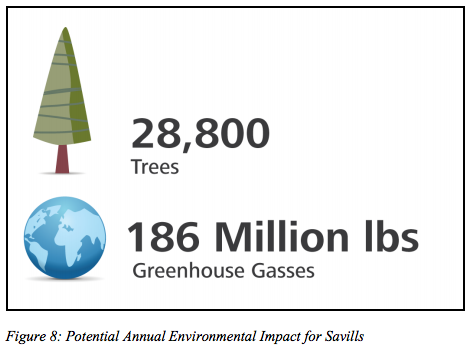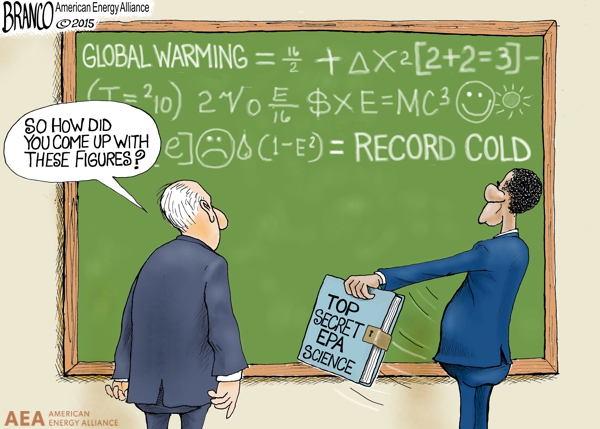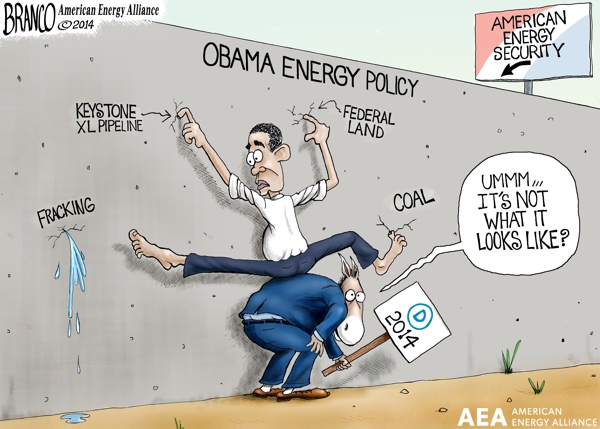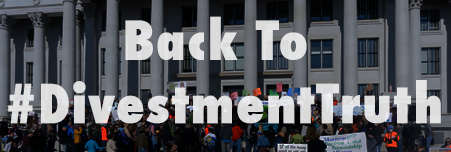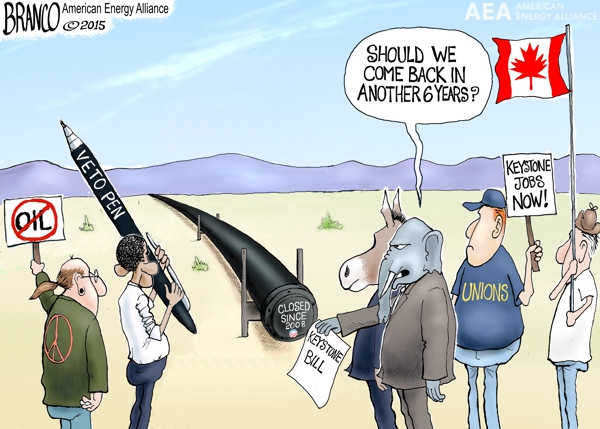Renewable Portfolio Standards (RPS) require states to generate a certain percentage of electricity from renewable sources. Currently 29 states and the District of Columbia have an RPS program. A new study shows that Americans in these states are paying a hefty price for their RPS.
The study from Utah State University and Strata Policy looks at Kansas’ RPS and the costs incurred by Kansans since the Sunflower State adopted the mandate in 2009. Key findings include the following:
- Ratepayers in Kansas will pay $171 million more than they would in the absence of RPS.
- Kansas received an estimated $4.85 billion less in real personal income in one year than they would have without RPS in place.
- An average family in Kansas made $4,367 less in a single year due to RPS mandates.
- RPS states have seen a drop in industrial electricity sales of almost 14 percent.
- RPS states have experienced an average overall increase of almost 10 percent to their state’s unemployment rate. This means there were 5,500 fewer jobs in Kansas at the end of 2014 than there would have been without RPS mandates.
The authors of the study also project that these costs will continue to rise as Kansas’ RPS requires more electricity generation to come from renewable energy sources. The RPS is an unnecessary, costly mandate that Kansans and all Americans simply can’t afford.


